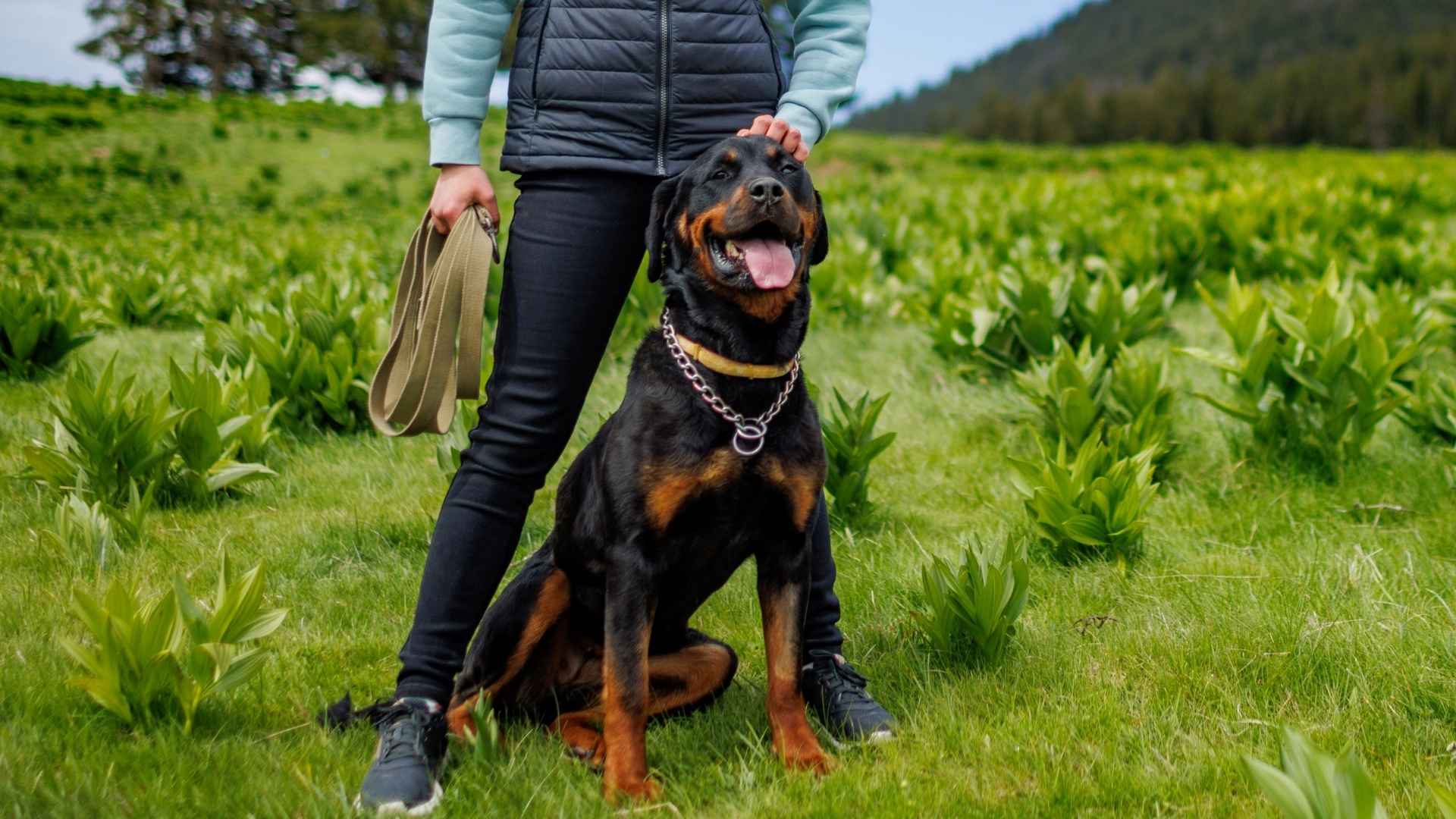When it comes to choosing a guard dog for your home, it’s about more than just finding a big, strong breed—it’s about finding a loyal, loving companion that will protect your family and your property with unwavering dedication. The best guard dogs for personal protection and security are those with a natural instinct to defend, paired with a keen sense of alertness and a strong bond with their humans.
But here’s the thing: just because a dog is from a protective breed doesn’t mean they’ll automatically step up as a guard dog. Training plays a huge role in shaping them into the fierce yet loving protectors we rely on. While some breeds are born with those instincts, they still need guidance to become the reliable guardians we trust.
So, whether you’re looking for a dog to stand watch over your home or just want peace of mind, the right breed—and the right training—can make all the difference.
Guard Dog Breeds for Personal Protection and Security
1. German Shepherd
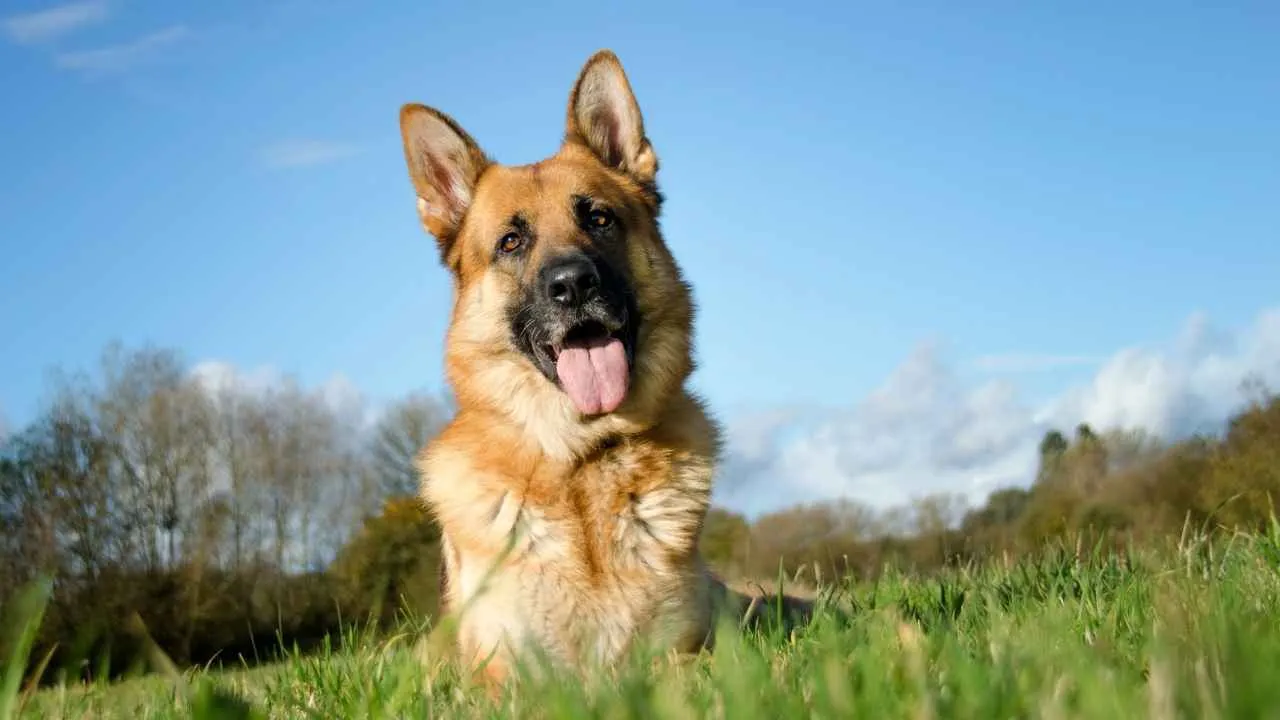
If you’re looking for a loyal protector and a loving companion, the German Shepherd checks every box. Originally developed in late 19th-century Germany by Max von Stephanitz, this breed was designed to be a versatile working dog—herding sheep, guarding property, and excelling in nearly any task thrown their way. Over the years, they’ve become one of the most trusted guard dog breeds thanks to their sharp instincts and devoted nature.
German Shepherds typically begin to show their protective side between 6 to 18 months of age. This is a critical developmental window where their natural guarding instincts start to shine. Starting basic training as early as 8 to 10 weeks can set the stage for a strong bond and well-balanced behavior later on.
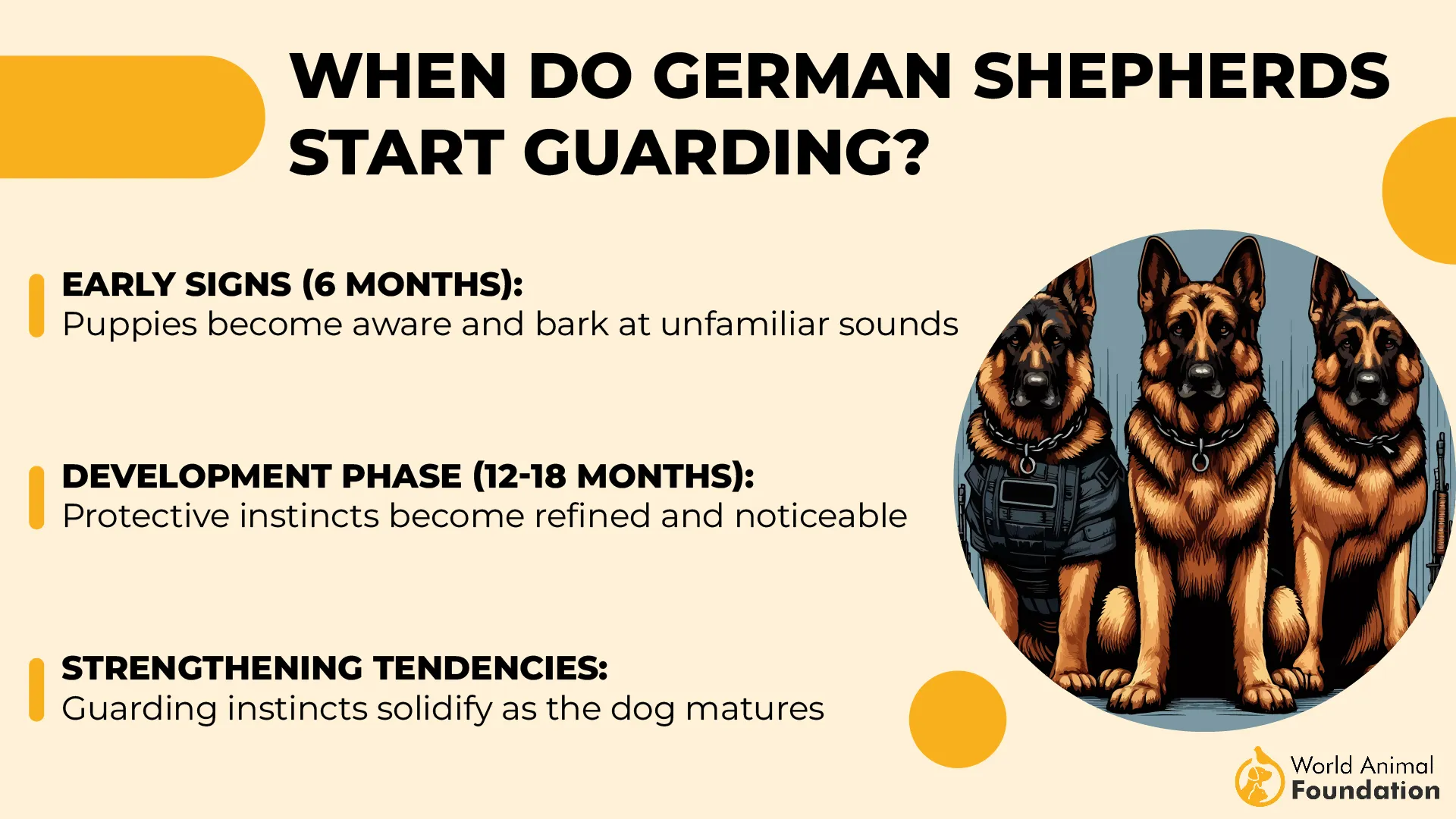
During that 6–18-month period, you’ll notice their attentiveness growing—they start to watch over their surroundings, tune in to potential threats, and show signs of becoming the reliable guardian they’re known to be.
What makes German Shepherds such standout guardians isn’t just their physical strength or alertness—it’s their fearlessness and eagerness to learn. They thrive on structure and direction, which makes training both rewarding and essential. Their protective instincts are strong, but with early and consistent guidance, these can be channeled into calm, confident behavior rather than uncontrolled aggression.
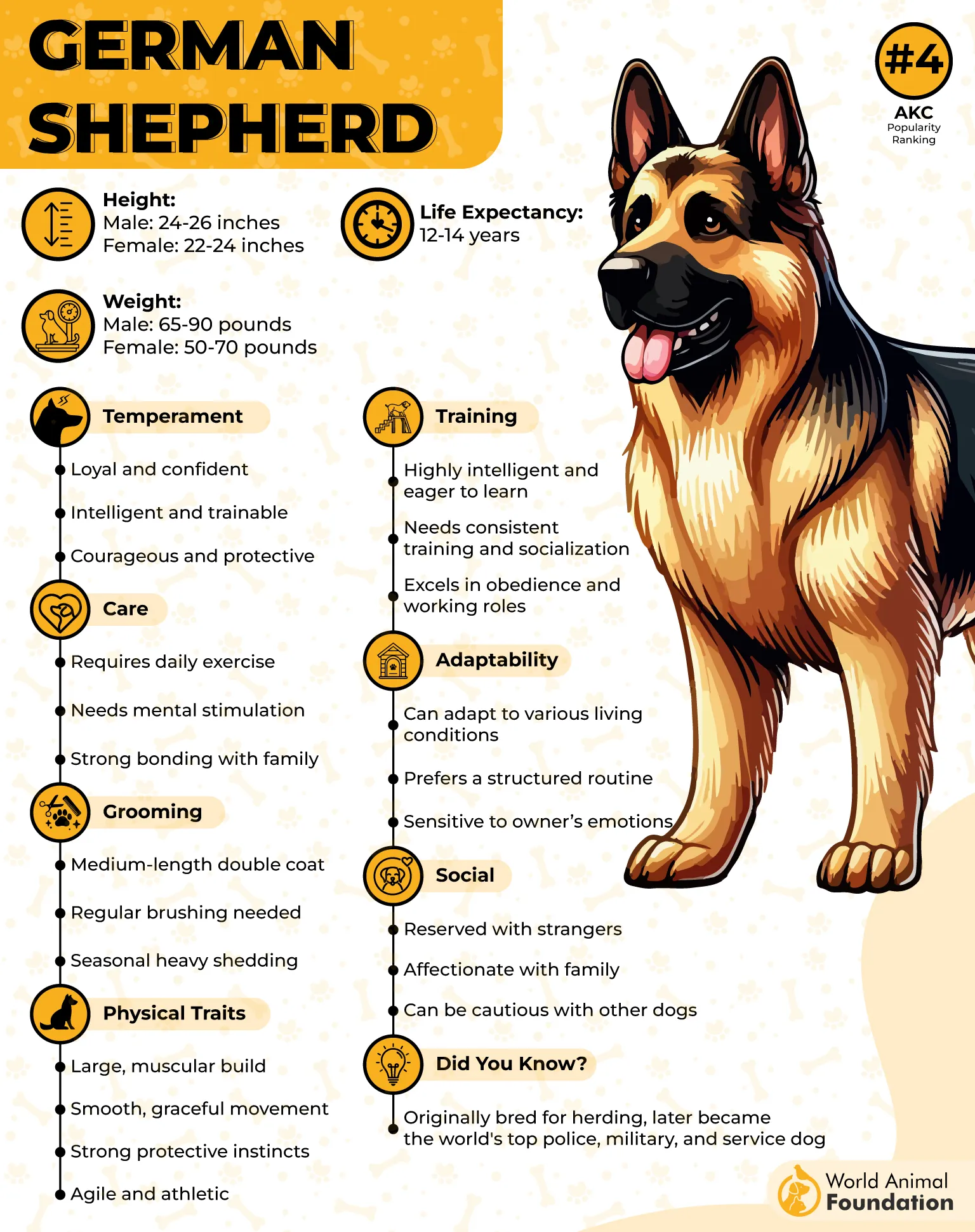
Without clear guidance and structure, their protective behavior can become too intense or misdirected. They’re quick learners who enjoy mental challenges, but they also need a handler who’s confident and consistent. With proper training, they blossom into not only incredible watchdogs but also deeply loyal and affectionate family members.
More Than Just Guard Dogs
These dogs do so much more than protect. They’re trusted by military and police units around the world for tracking, rescue work, and detecting illegal substances. They’ve also served as therapy animals, guide dogs for the visually impaired, and even actors in movies and TV.
Through it all, their loyalty and intelligence remain unmatched. When raised with love and guided with care, a German Shepherd becomes an irreplaceable part of the family—devoted, vigilant, and always looking out for their people.
2. Belgian Malinois
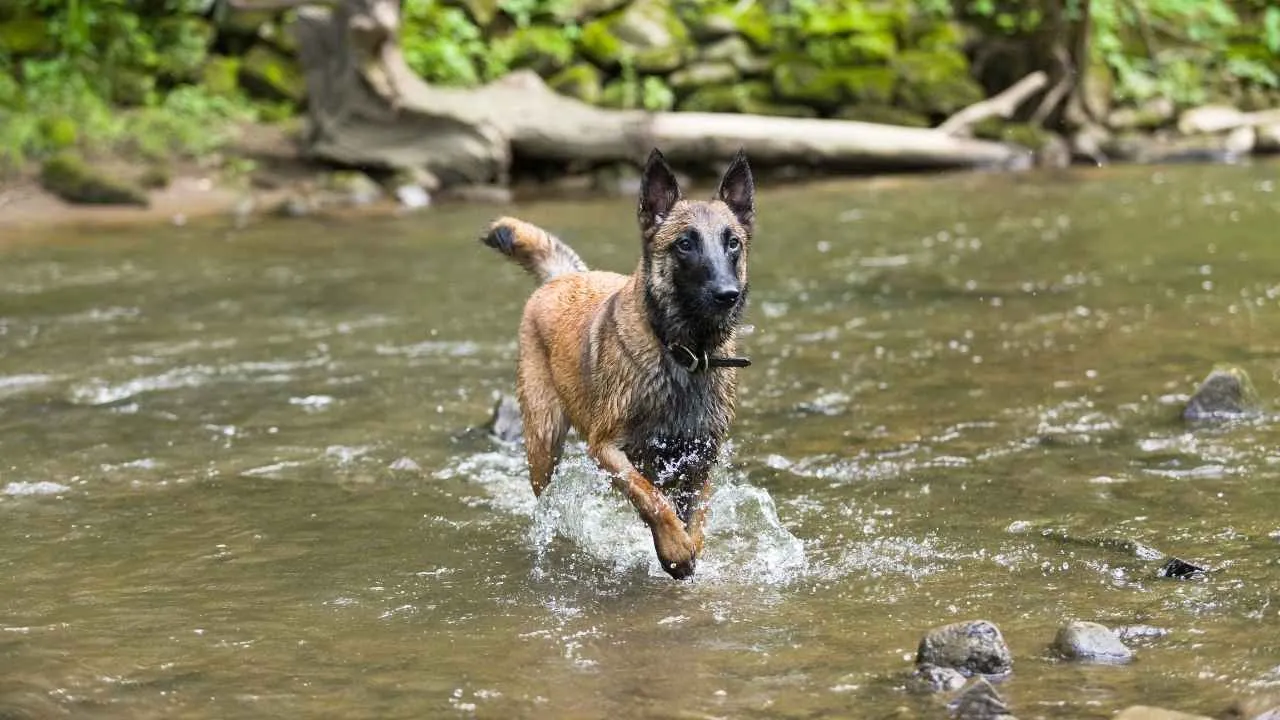
If you’ve ever met a Belgian Malinois, you know they’re all heart and hustle. Agile, alert, and endlessly energetic, this breed thrives on having a job to do. It’s no surprise they’re a top pick for police and military K-9 units. With the right guidance, these dogs can master everything from search and rescue to protection work—but they do best with active families who can match their pace and commitment.
Belgian Malinois are incredibly smart and crave both mental and physical challenges. They’re not just quick learners—they genuinely enjoy training and love problem-solving games. Their spirited nature doesn’t make them hyper, but it does mean they need lots of daily exercise.
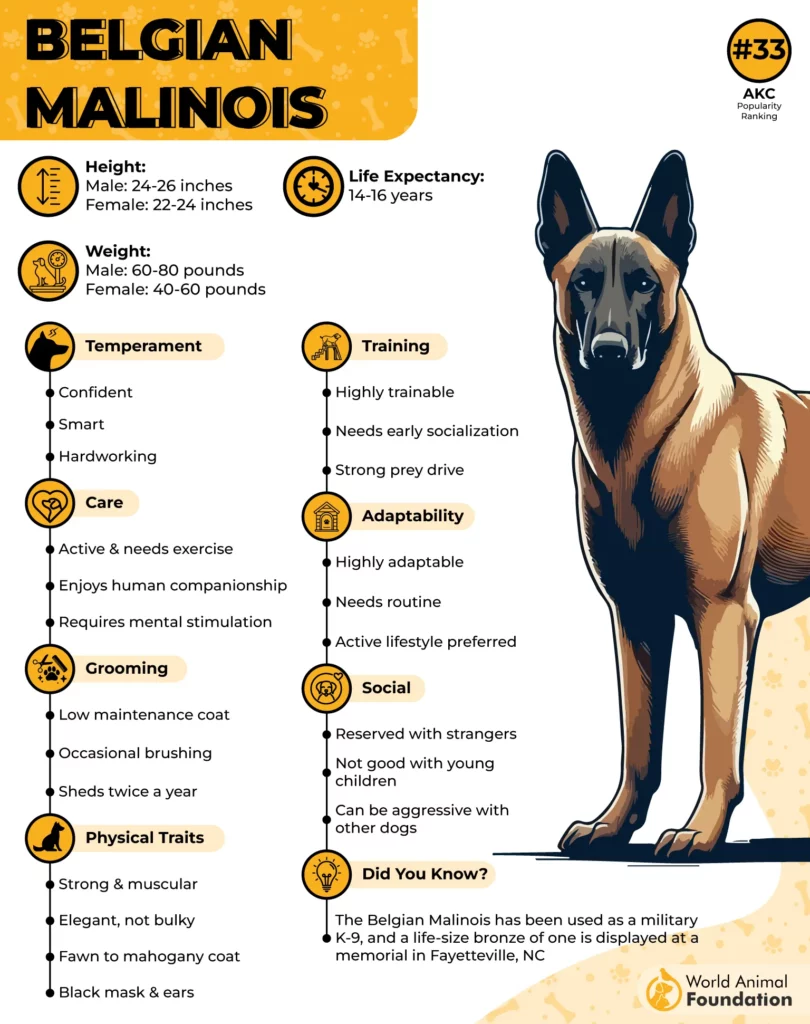
Long walks, games of fetch, agility drills, or even herding activities keep them balanced and content. Without that outlet, they can become restless or even destructive, especially during their younger years.
Early socialization and consistent training are key for Malinois. They may be reserved with strangers but with proper exposure, they become confident and well-mannered. Their loyalty makes them playful family pets and reliable guardians with the right upbringing.
This breed truly shines in high-energy dog sports like Schutzhund, French Ring, dock diving, and agility. These activities tap into their natural drive and focus, giving them a healthy outlet for their enthusiasm.
And yes, if their needs are met, Belgian Malinois can also be calm, well-behaved house dogs. Just be warned: you may need a tall fence—they’re excellent jumpers with a knack for finding adventure.
A Legacy of Bravery
Beyond their work ethic, Belgian Malinois have built a legacy of heroism. In 2011, a Mal named Cairo played a vital role alongside Navy SEALs in the mission that brought down Osama bin Laden.
And Hurricane, a beloved Secret Service dog, made headlines in 2014 for stopping an intruder at the White House—despite suffering serious injuries. He became one of the most decorated K-9s in U.S. history.
3. Rottweiler
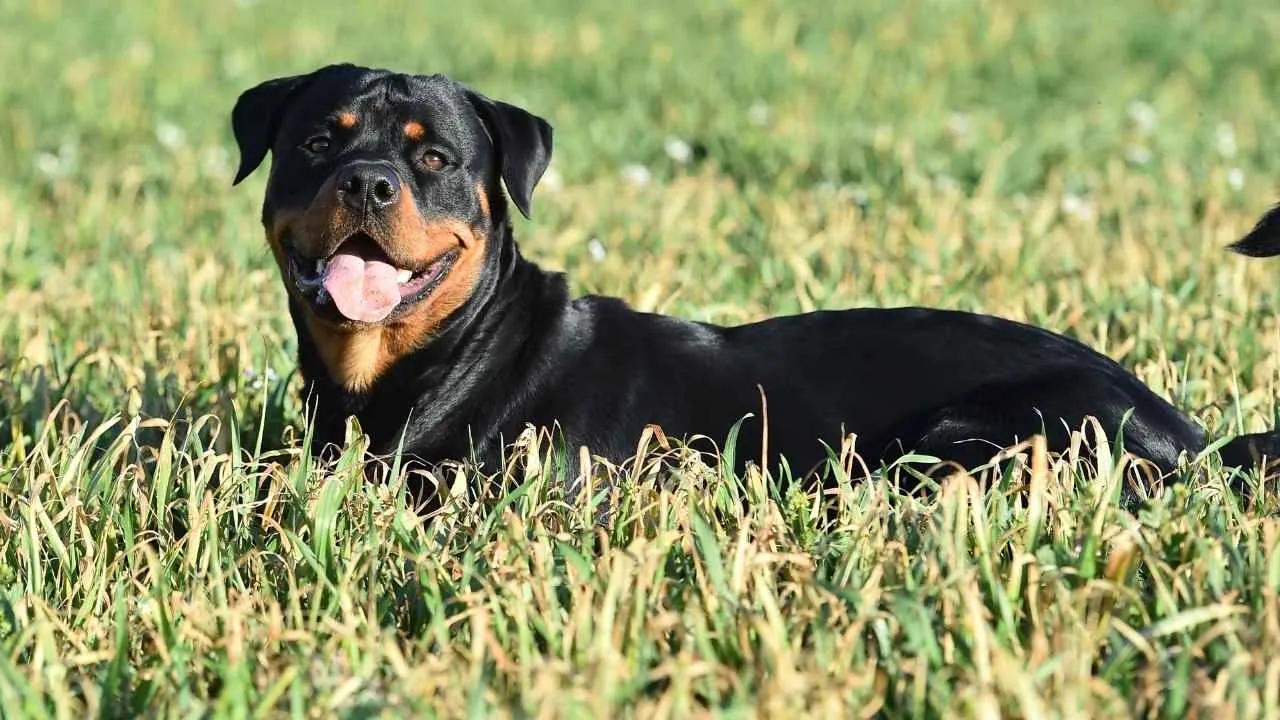
Rottweilers are renowned for their powerful blend of loyalty, intelligence, and natural protectiveness, making them one of the top guard dog breeds for personal protection. With their deep-rooted instincts and impressive physical strength, Rottweilers are often chosen for their ability to guard and secure homes, offering peace of mind to those they protect.
Originally bred by the Romans to herd livestock and guard supplies, Rottweilers have always been working dogs with a strong sense of duty. This history shapes their calm, alert, and protective nature.
While they have a reputation for being aggressive, well-trained Rottweilers are often calm and even-tempered. They are quick to assess situations, barking only when necessary and stepping in when a real threat is perceived.
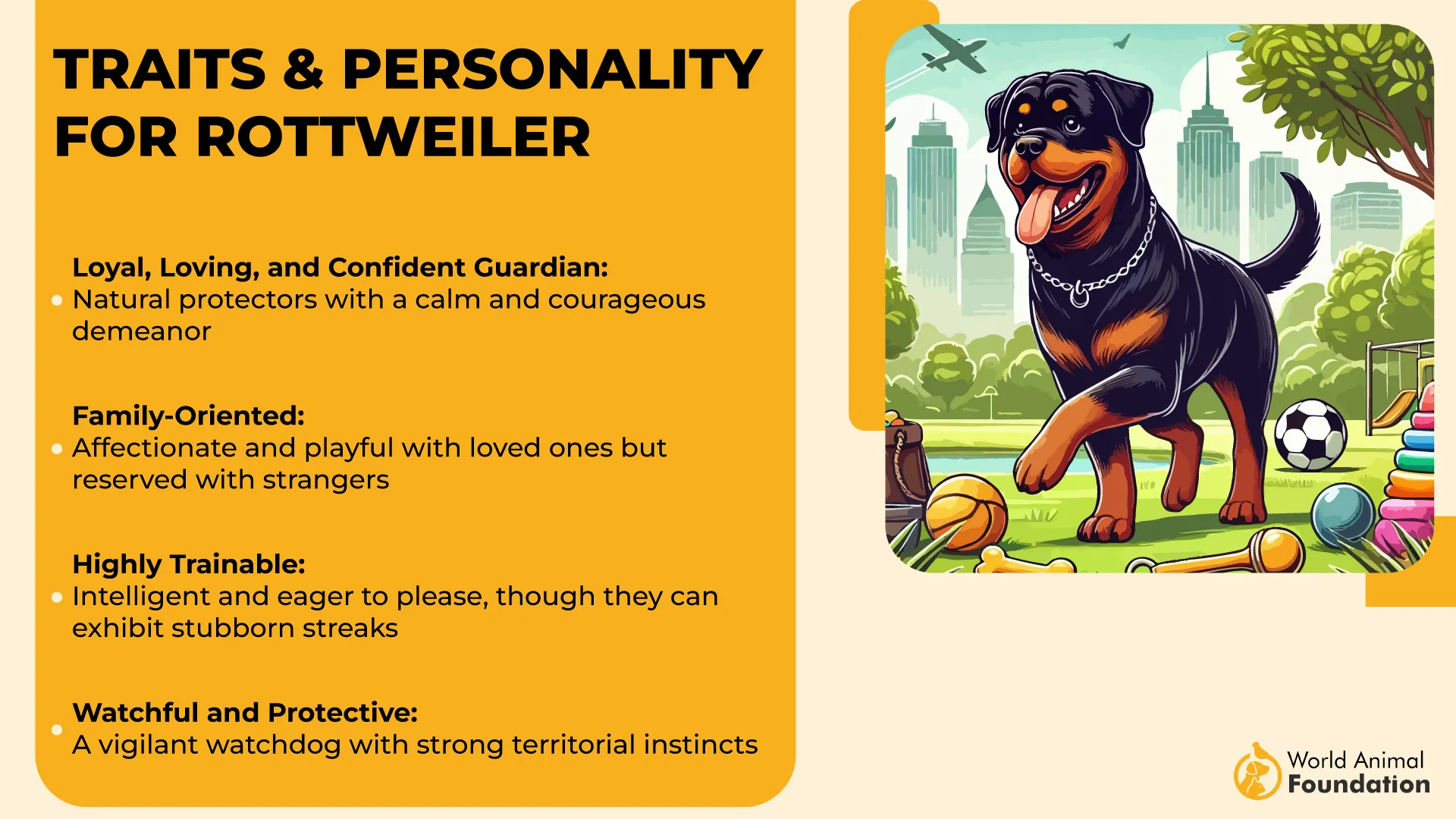
Their natural wariness of strangers makes them excellent watchdogs. A well-socialized Rottweiler can differentiate between normal activity and potential danger, making them a reliable protector without unnecessary aggression. Their intelligence allows for effective training, and when taught with positive reinforcement from an early age, they can develop into balanced, confident companions with a keen sense of when to act.
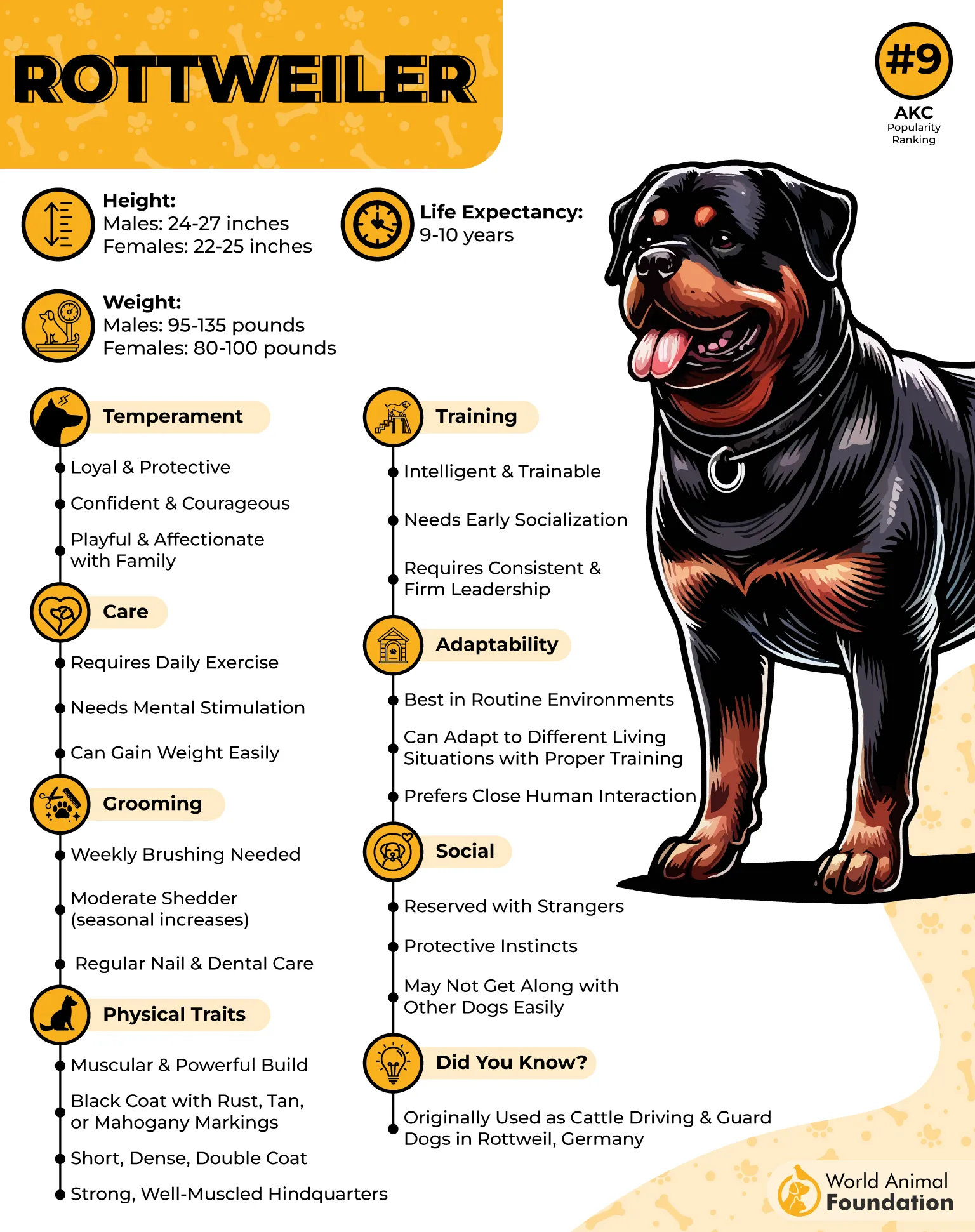
Rottweilers are fiercely protective yet deeply affectionate with their families. They enjoy cuddling and bonding, offering a unique blend of loyalty and love. As both a devoted companion and a formidable guardian, they are always ready to protect their home and loved ones.
Rottweilers thrive with purpose and structure, excelling in tasks like guarding or active duties. Regular exercise and clear boundaries are key to preventing dominance or destructive behaviors and ensuring they remain well-adjusted and respectful.
Did you know?
Throughout history, Rottweilers have served with loyalty and bravery. It’s said that some butchers would tie their earnings around a Rottweiler’s neck—because no one dared challenge a dog with that kind of presence. That same fearless loyalty lives on in today’s Rotties, making them not only incredible guardians but also beloved, dependable guardians.
4. Doberman Pinscher
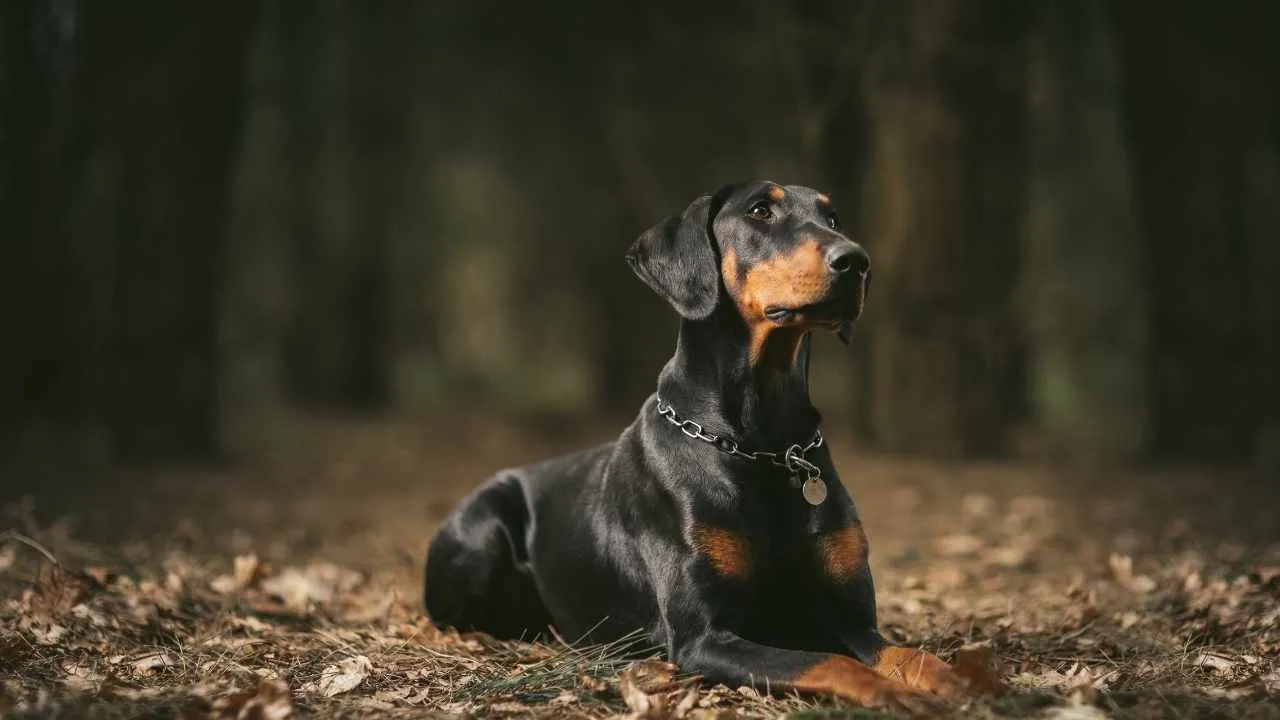
The Doberman Pinscher is a breed built on both loyalty and legacy. First developed in the late 1800s by a German tax collector named Louis Dobermann, this sleek and powerful dog was bred to be the perfect protector—alert, extremely intelligent, and devoted.
Dobermann carefully selected breeds like the Old German Shepherd, German Pinscher, and Greyhound to create a companion capable of keeping him safe on his rounds. That protective instinct still defines the Doberman today.
Known for their natural guarding ability, Dobermans are one of the most trusted breeds for personal protection. They’re not noisy dogs—they stay quiet until there’s something worth reacting to, making them especially effective watchdogs.
With their sharp instincts and deep loyalty, Dobermans are quick to assess threats and ready to step in when necessary. But behind that poised exterior is a dog that is deeply affectionate with family, often forming an intense bond with their people.
Dobermans are highly intelligent and eager to learn, which makes training a rewarding experience when done with consistency and kindness. They excel in everything from obedience work to advanced guarding tasks, and their history of serving in military units and police departments is a testament to their reliability.
Still, they have a sensitive side. They’re playful, energetic, and often just as happy lounging by your feet as they are patrolling the yard. While cautious around strangers, a well-socialized Doberman is balanced, confident, and protective without being overly aggressive.
A Heroic History
Britannica states this breed’s courage isn’t just folklore—it’s recorded in history. During World War II, a Doberman named Kurt became the first canine casualty in the Battle of Guam, protecting the U.S. Marines he served. His bravery, along with that of other Dobermans, is honored at the National War Dog Cemetery with a statue in his memory.
5. Cane Corso
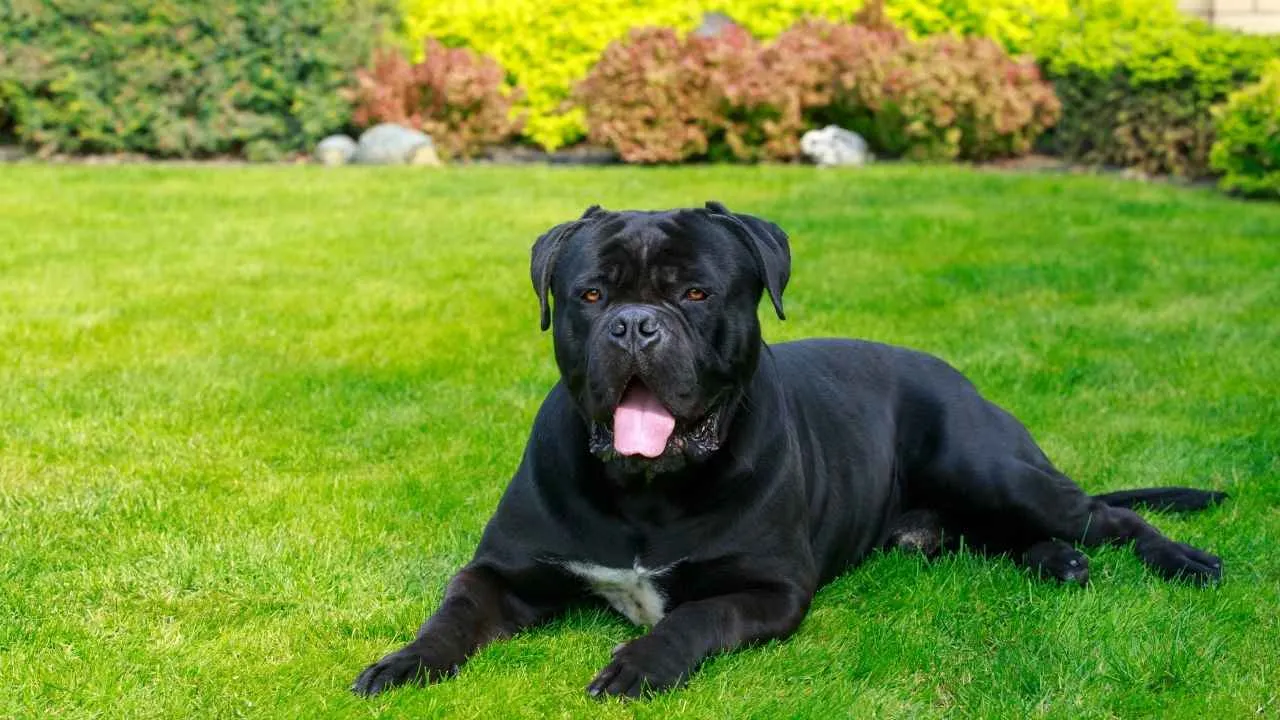
The Cane Corso is a majestic, powerful breed with deep roots in ancient Italy. Descended from Molossian war dogs of Epirus and shaped further by Roman breeding, these dogs were designed to protect, hunt, and work alongside people.
Their name, drawn from the Latin word “cohors,” means “guardian” or “protector,” and that title couldn’t be more fitting. Whether they were guarding livestock, accompanying soldiers into battle, or keeping farmsteads safe, the Cane Corso was always known for its loyalty and courage.
As noted by WebMD, over time, these dogs adapted from their war-dog origins into versatile farm guardians. They proved to be strong enough to take down wild boars and clever enough to herd livestock. Despite their impressive resume, the breed nearly disappeared after World War I and II.
Thankfully, a passionate revival effort in the 1970s brought the Cane Corso back from the brink, preserving its noble lineage.
Today, Cane Corsi are beloved for their steadfast devotion to family. They tend to be wary of strangers, which makes early and consistent socialization essential. When trained with patience and positive reinforcement, they become gentle giants—protective yet affectionate with their people.
Due to their strength, they require firm guidance and are best suited for experienced dog parents. If you’re looking for a devoted companion who will always have your back, the Cane Corso might just be your perfect match.
6. Beauceron
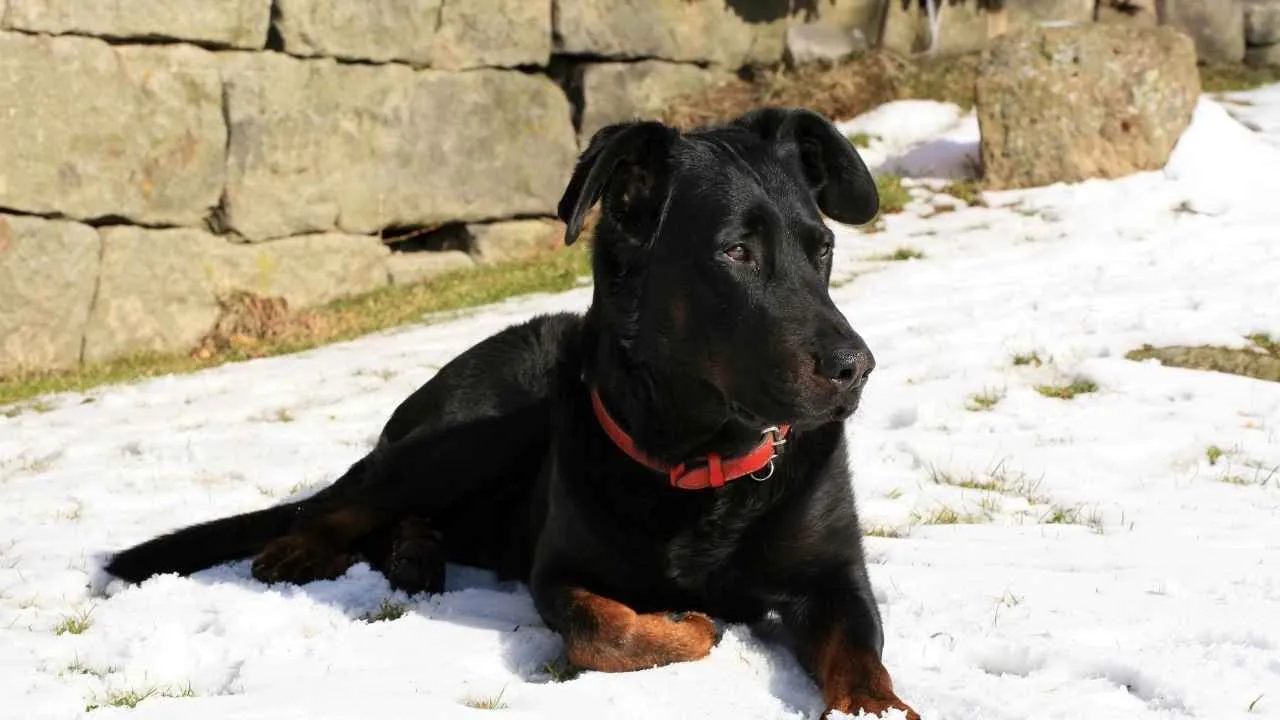
The Beauceron is a powerful and devoted companion, deeply rooted in French history as a herding and guardian dog. Known for its intelligence, calm demeanor, and confidence, this breed excels as a protective guard dog while being affectionate with its family.
Originally developed to protect livestock and guard homes, Beaucerons are alert, observant, and not easily startled, making them excellent protectors without unnecessary aggression.
Beaucerons need early socialization, consistent training, and mental stimulation to thrive. They do best with structure and purpose, whether it’s guarding the home, participating in basic obedience training, or accompanying their families on walks.
As noted by AKC, Beaucerons are physically strong and athletic, typically weigh around 100 pounds and stand 25–27 inches tall. Their sleek, short-to-medium coat is mostly black with distinctive rust-colored markings on their legs, earning them the nickname “bas rouge” or “red stockings.” One of their unique traits is the double rear dewclaws, a feature required for show dogs.
With proper guidance, they become loyal, protective guardians and affectionate family members, offering a perfect balance of vigilance and warmth. For those seeking a reliable and loving protector, the Beauceron is a standout choice, blending the best traits of both a guard dog and a devoted companion.
7. Giant Schnauzer
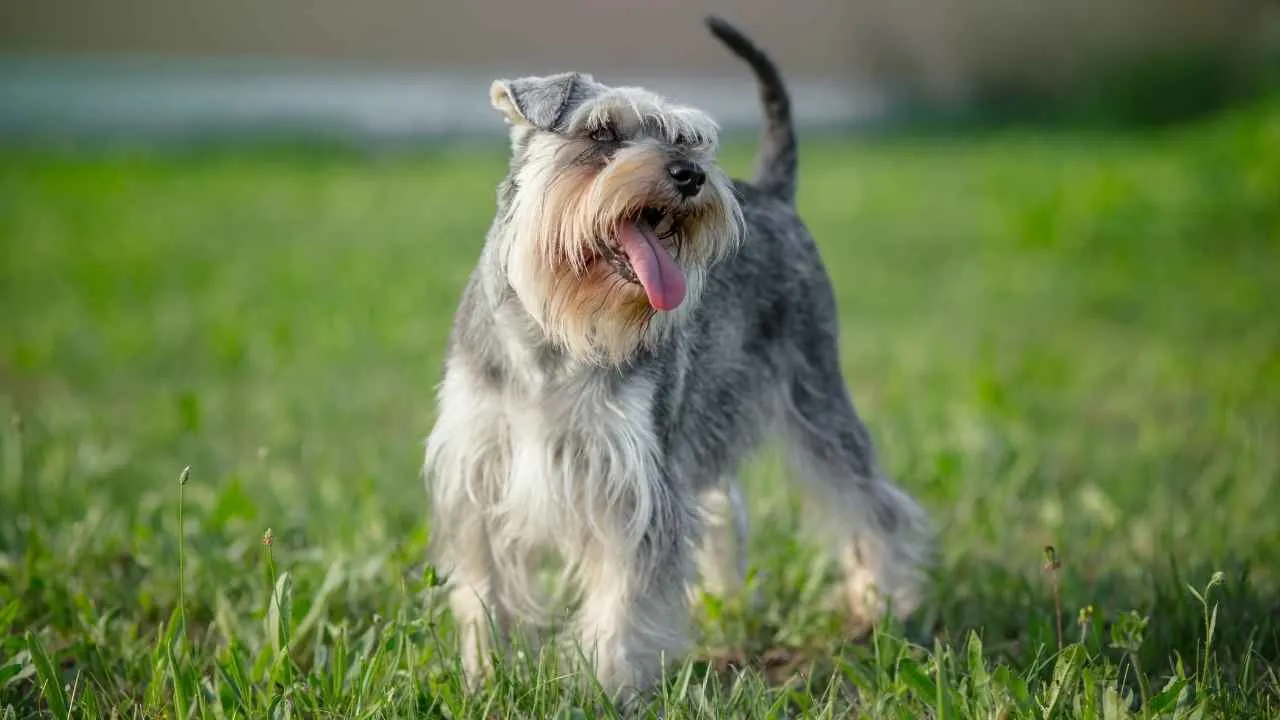
Giant Schnauzers are the largest of the schnauzer family—not truly “giant,” but certainly sturdy and full of presence. Initially bred to work on farms in Germany, they’re smart, powerful, and thrive when they have a job to do. These dogs do best in experienced homes where their energy, intelligence, and loyalty can be appreciated and guided with confident training.
At heart, Giant Schnauzers are protective companions. They’re deeply devoted to their families and naturally territorial, which makes them effective guard dogs. Unlike overly friendly breeds, these pups are a bit reserved with strangers but will warm up with proper socialization.
Early training is important to help them understand the difference between a friendly guest and a real threat—thankfully, they’re eager to learn and aim to please.
Physically, they’re impressive, reaching up to 95 pounds and standing as tall as 27.5 inches. They share the classic schnauzer look: a wiry coat, expressive eyebrows, and a trademark beard that gives them a wise, serious expression. That dense, rough coat isn’t just for looks—it was originally meant to protect them from harsh winters and pesky vermin while herding livestock.
As noted by Purina, Giant Schnauzers shine in demanding roles like police work, search and rescue, and even as guide dogs due to their strong work ethic. But at home, they need lots of attention, daily exercise, and space to roam—so a yard or access to open areas is a huge plus.
They’re not a breed that does well with long hours alone or sedentary lifestyles, so active families who can match their energy will find them endlessly rewarding.
In the right home, the Giant Schnauzer is more than just a wonderful family pet—they’re a fiercely loyal best friend, a reliable guardian, and a smart, loving companion you’ll never forget.
Conclusion
Choosing the right dog for personal protection means finding a balance between loyalty, strength, and trainability. The best protection dogs—like Rottweilers, Doberman Pinschers, and Bull Mastiffs—are not only alert and confident but also deeply devoted to their owners. With specialized training, these excellent guard dogs become both reliable protectors and loving companions.
From the calm confidence of the Rhodesian Ridgeback to the strong jaws and large heads of American Bulldogs, each protection dog breed offers unique strengths. Even breeds like Great Danes and the Beauceron combine an intimidating appearance with surprising affection, making them ideal protection dogs in the right home.
Whether you’re drawn to a large breed with a short coat or exploring other breeds, the key is consistent structure, time to exercise daily, and strong bonds. With the right care, these great guard dogs provide not just security but unwavering loyalty and love.


